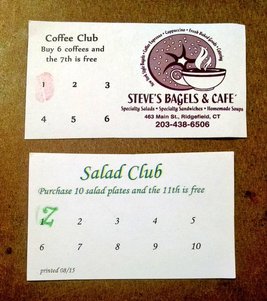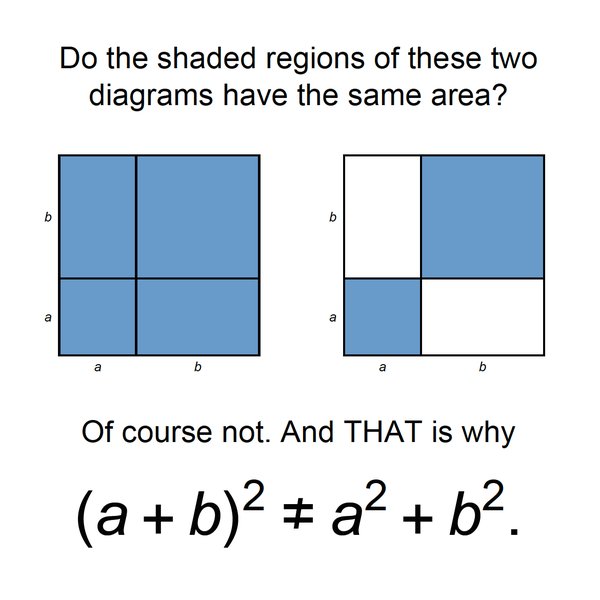Mathematics 10 Polynomials
Specific Curriculum Outcomes
AN01 Students will be expected to demonstrate an understanding of factors of whole numbers by determining the prime factors, greatest common factor, least common multiple, square root, and cube root.
AN04 Students will be expected to demonstrate an understanding of the multiplication of polynomial expressions (limited to monomials, binomials, and trinomials), concretely, pictorially, and symbolically.
AN05 Students will be expected to demonstrate an understanding of common factors and trinomial factoring, concretely, pictorially, and symbolically.
AN01 Students will be expected to demonstrate an understanding of factors of whole numbers by determining the prime factors, greatest common factor, least common multiple, square root, and cube root.
AN04 Students will be expected to demonstrate an understanding of the multiplication of polynomial expressions (limited to monomials, binomials, and trinomials), concretely, pictorially, and symbolically.
AN05 Students will be expected to demonstrate an understanding of common factors and trinomial factoring, concretely, pictorially, and symbolically.
AN01 Activities
- The Factor Game from NCTM Illuminations - The Factor Game is a two-person game in which players find factors of numbers on a game board. To play, one person selects a number and colors it (as shown below in blue). The second person colors all the proper factors (as shown below in red) of the first person's number. The roles are switched and play continues until there are no numbers remaining with uncolored factors. Each person then adds up the numbers they've colored, and the winner is the person with the largest total.
- Factor Card Game - Organize students in pairs. Each student will draw two playing cards (take out the face cards) to create a two-digit number. Player A determines the prime factors of the number and then adds up the prime factors to determine their score. Player B will continue the same procedure. The first player to reach 50 points wins.
|
AN04 Activities
- Finding Factors from NRICH - In a multiplication grid, the headings and the answers have been hidden. Each of the headings is an expression of the form x ± a where a is an integer between 0 and 5. By revealing some of the answers, can you work out what each heading must be?
|
AN05 Activities
- Yohaku Algebraic Puzzles - Factoring polynomial expressions using a puzzle.
- Old Poly - Practice factoring with a polynomial version of the Old Maid card game.
- Factoring Trinomials Question Stack from Sarah Carter - Students are given a double-sided deck of ten cards. One side of the card features a question. The other side features the answer to a DIFFERENT question Students begin the activity by turning over all of the cards to reveal ALL of the answers. This is the students' answer bank. Then, students flip over one card of their choosing. This will be their first problem to solve. When students find the solution, it should be in the answer bank if they have done everything correctly. They pick up the solution card and flip it over to reveal the next question.
|
| ||||||


